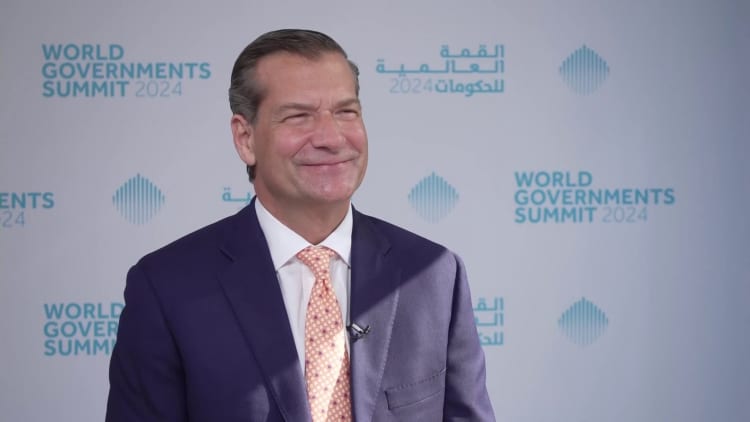© Reuters. FILE PHOTO: The exhaust of a car is pictured in New York, U.S., August 2, 2018. REUTERS/Lucas Jackson/FILE PHOTO
By David Shepardson
WASHINGTON (Reuters) -U.S. President Joe Biden’s administration is set to ease proposed yearly requirements through 2030 of its sweeping plan to aggressively cut tailpipe emissions and ramp up electric vehicle sales, two sources told Reuters on Sunday.
Automakers and the United Auto Workers had urged the Biden administration to slow the proposed ramp-up in EV sales. They say EV technology is still too costly for many mainstream U.S. consumers and that more time is needed to develop the charging infrastructure.
The Environmental Protection Agency in April 2023 proposed requiring a 56% reduction in new vehicle emissions by 2032. Under the initial EPA proposal covering 2027-2032, automakers were expected to aim for EVs to constitute 60% of their new vehicle production by 2030 and 67% by 2032 to meet stricter emissions requirements.
Under the revised final regulation expected to be made public as soon as next month, the EPA will slow the pace of its proposed yearly emissions requirements through 2030. The new pace is expected to result in EVs accounting for less than 60% of total vehicles produced by 2030, the sources said.
The UAW, which endorsed Biden in January even as Republican Donald Trump argues that Biden’s vehicle rules threaten auto jobs, says the EPA proposal should be revised to increase stringency “more gradually” and occur over a “greater period of time.”
The Alliance for Automotive Innovation (AAI), a trade group representing General Motors (NYSE:), Ford Motor (NYSE:), Stellantis (NYSE:), Toyota (NYSE:), Volkswagen (ETR:) and others, last year called the initial EPA proposal “neither reasonable nor achievable” and urged “adopting requirements for 40 to 50% (electric, plug-in electric and fuel vehicles) in 2030.” EVs accounted for about 8% of sales in 2023.
AAI CEO John Bozzella said on Sunday that the next few years are critical for the EV market.
“Give the market and supply chains a chance to catch up, maintain a customer’s ability to choose, let more public charging come online, let the industrial credits and Inflation Reduction Act do their thing and impact the industrial shift,” Bozzella said.
The New York Times reported the EPA plans earlier and said the revised proposal ramps up requirements from 2030 through 2032.
An EPA spokesperson said the proposal remains under interagency review and that it plans to finalize a rule that is “readily achievable, secures reductions in dangerous air and climate pollution and ensures economic benefits.”
White House climate adviser Ali Zaidi, who has held talks with automakers on tailpipe rules, said in a statement Sunday the United States is “harnessing the power of smart investments and standards to ensure U.S. workers will lead, not follow, the global auto sector.”
The Alliance for Automotive Innovation met with the White House and EPA last week to discuss the proposal, while Tesla (NASDAQ:) officials had a separate White House meeting on Feb. 9.
Volkswagen of America chief Pablo Di Si told Reuters earlier this month “the government has been receptive in listening to us…I hope we’ll see some modification.”
The EPA is also expected to address other concerns raised by automakers including a proposal to drastically reduce particulate matter from gas-powered vehicles, which the industry has argued would effectively require gasoline particulate filters on every gas-powered vehicle.
Automakers also object to the EPA plan to largely eliminate the use of “enrichment” – a strategy to boost performance and prevent engine damage from hot exhaust gases – which they say would bar them from using some engines.
Automakers have also sounded the alarm over the Energy Department’s proposal to significantly revise how it calculates the petroleum-equivalent fuel economy rating for EVs in the Transportation Department’s Corporate Average Fuel Economy program, saying it would sharply boost fines for not complying.
The Energy Department sent its revised proposal for final rules to the White House for review on Feb. 9. The Transportation Department’s separate proposal to boost CAFE requirements is expected later this spring.





















